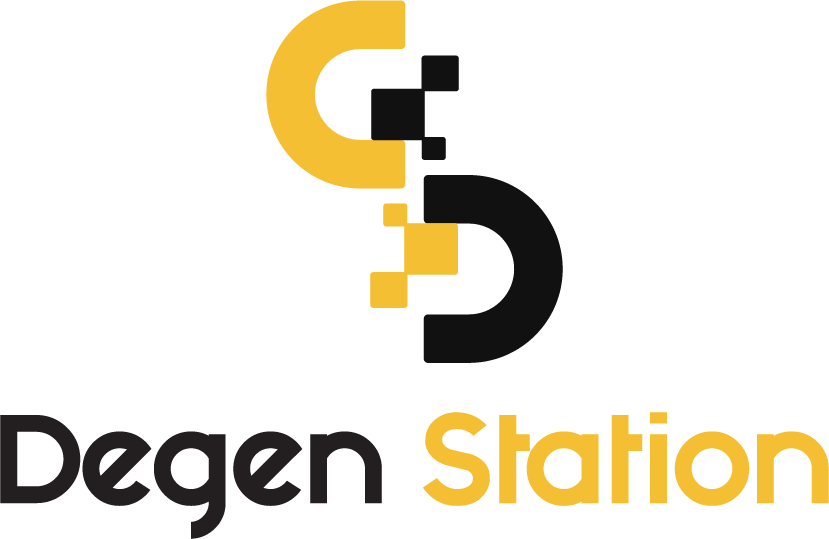What to Expect from Ethereum's Upcoming Dencun Upgrade

With the Shanghai upgrade now a month behind us, the Ethereum community is turning its attention to the next major milestone: the Dencun upgrade. What should we expect from this upgrade, and how will these changes impact the Ethereum network? Let’s dive into the details!

What is the Dencun Upgrade?
Dencun is the next significant upgrade for Ethereum, following the Shanghai/Shapella upgrade deployed in April 2023. The name Dencun is a combination of Deneb (referring to the Consensus updates) and Cancun (referring to the Execution updates).
For those interested in fundamental blockchain concepts such as Consensus, Execution, or Data Availability, you might want to explore the articles linked below!
Learn More: Understanding Monolithic vs. Modular Blockchains
When Will the Dencun Upgrade Take Place?
As of the time of writing, Ethereum developers are still finalizing plans for the Dencun upgrade. Thus, neither the block milestone nor the estimated timing has been set. The best estimate we can make is that Dencun will occur sometime in 2023.
We will provide updated timing information as soon as it is announced by the Ethereum development team.
What Notable Proposals Are in the Dencun Upgrade?
First, let’s list the proposals likely to be included in the Dencun upgrade. Detailed explanations of the impact of each specific proposal will follow. Why use the term "likely"? Because, according to Tim Beiko’s latest post (Ethereum’s community representative), these proposals are not yet finalized and may be subject to last-minute changes. The proposals likely to be included are:
- EIP-4844 (Proto-Danksharding): Proposes reducing the cost of storing transaction data.
- EIP-6475: A supplementary proposal to EIP-4844.
- EIP-1153: Proposes changes to the data storage structure in blocks.
- EIP-6780: Proposes changes to the "SELF-DESTRUCT" opcode.
In addition to these, other proposals are under discussion, including EIP-2537, EIP-4788, and EIP-6493.
Impacts of the EIPs in the Dencun Upgrade
Given the community’s significant interest in EIP-4844, we’ll cover this proposal in detail at the end. First, let’s review the foundational changes, which may be more familiar to developers but could be less engaging for general users. We’ll start from the bottom of the list and begin with EIP-6780!
EIP-6780
To understand EIP-6780, we need to grasp the role of the "SELF-DESTRUCT" opcode. In simple terms, this opcode commands Ethereum to destroy a smart contract. Previously, this action also removed all related data, which could be costly due to the repeated alterations to the blockchain’s data structure.
EIP-6780 stops supporting this opcode in cases where the creation and destruction of a smart contract do not occur within the same transaction. Specifically, data (storage keys) will not be deleted in this case, and any funds will be transferred to the original requesting wallet.
For instances where a contract is created and destroyed within the same transaction, SELF-DESTRUCT will function as before.
Impact: As mentioned, this change helps the blockchain avoid frequent data modifications, laying the groundwork for future scalability.
EIP-1153
Next up is EIP-1153. We’ve already covered this upgrade in detail, including the associated debates and discussions. Interested readers can find the article linked below.
Learn More: What is EIP-1153? Why is it Sparking Debate?
Impact: EIP-1153 improves data storage on Layer-1, aiding in gas fee reduction. It also simplifies operations for developers building on Ethereum.
EIP-4844 and EIP-6475
We have a detailed article explaining EIP-4844 linked below, which you can read for a deeper understanding of the issues it addresses.
Learn More: What is EIP-4844? How Will Layer-2 Solutions Benefit?
If you’ve read the linked article, you’ll know that the primary beneficiaries of this upgrade will be Layer-2 solutions, particularly Rollups.
Impact:
- Reduced Call Data Costs: Layer-2 solutions will see reduced costs for call data in each block to Layer-1, expanding their profit margins.
- Network Security: Although Layer-2 solutions are cost-effective, they face scrutiny regarding decentralization and security. Most current Rollups (mainly Optimistic Rollups) have yet to implement a robust Fault Proof model. Additionally, ZK-Rollups face challenges in optimizing ZK-Proof costs when initial transaction volumes are low.EIP-4844’s reduction in data storage costs will facilitate better integration of proof mechanisms, enhancing network security.
- Infrastructure Clean-Up: This upgrade will "clean up" the underlying infrastructure, paving the way for significant future improvements. SSZ (Simple Serialize) will replace RLP (Recursive-Length Prefix) used in the past. EIP-4844 will guide the network towards adopting SSZ.
Note: To avoid confusion, think of SSZ and RLP as methods for organizing and optimizing data efficiently within the network.
EIP-6475 will supplement EIP-4844 by addressing SSZ-related adjustments, setting up the foundation for the "blob" transactions of EIP-4844.
Spec discussions
— terence (@terencechain) May 15, 2023
- Teams decided in the last ACD to move blob TX from SSZ to RLP. This means that to verify a blob tx's versioned hash, CL either needs to learn about RLP or pass the validation to CL. After much discussion, it was decided that passing validation to CL is better.
Update:
As of discussions on May 15 from the Ethereum team, the direction for blob transactions has shifted from SSZ to RLP. This means the Consensus layer will need to adapt to RLP-based data organization.
Conclusion
We’ve covered several proposals and details related to the Dencun upgrade. While the information may be quite technical, I hope this article has made it accessible and useful. Stay tuned for more updates and keep an eye on Ethereum’s progress as we approach the next upgrade!





